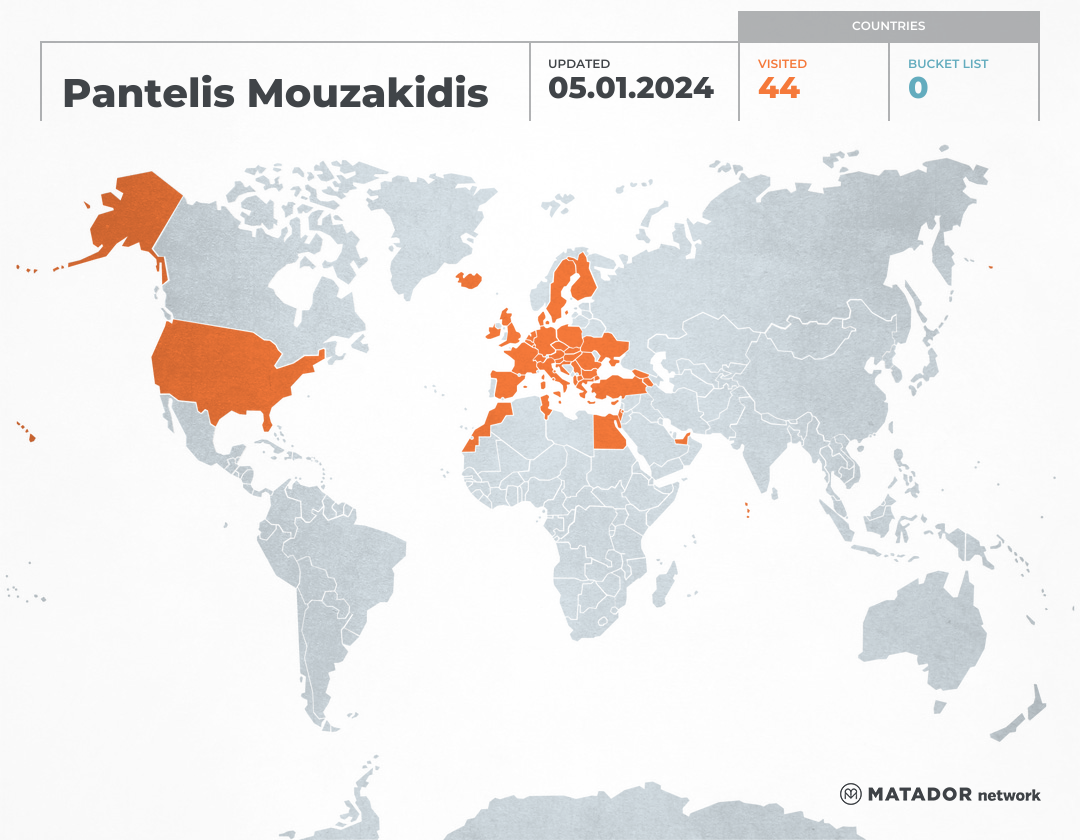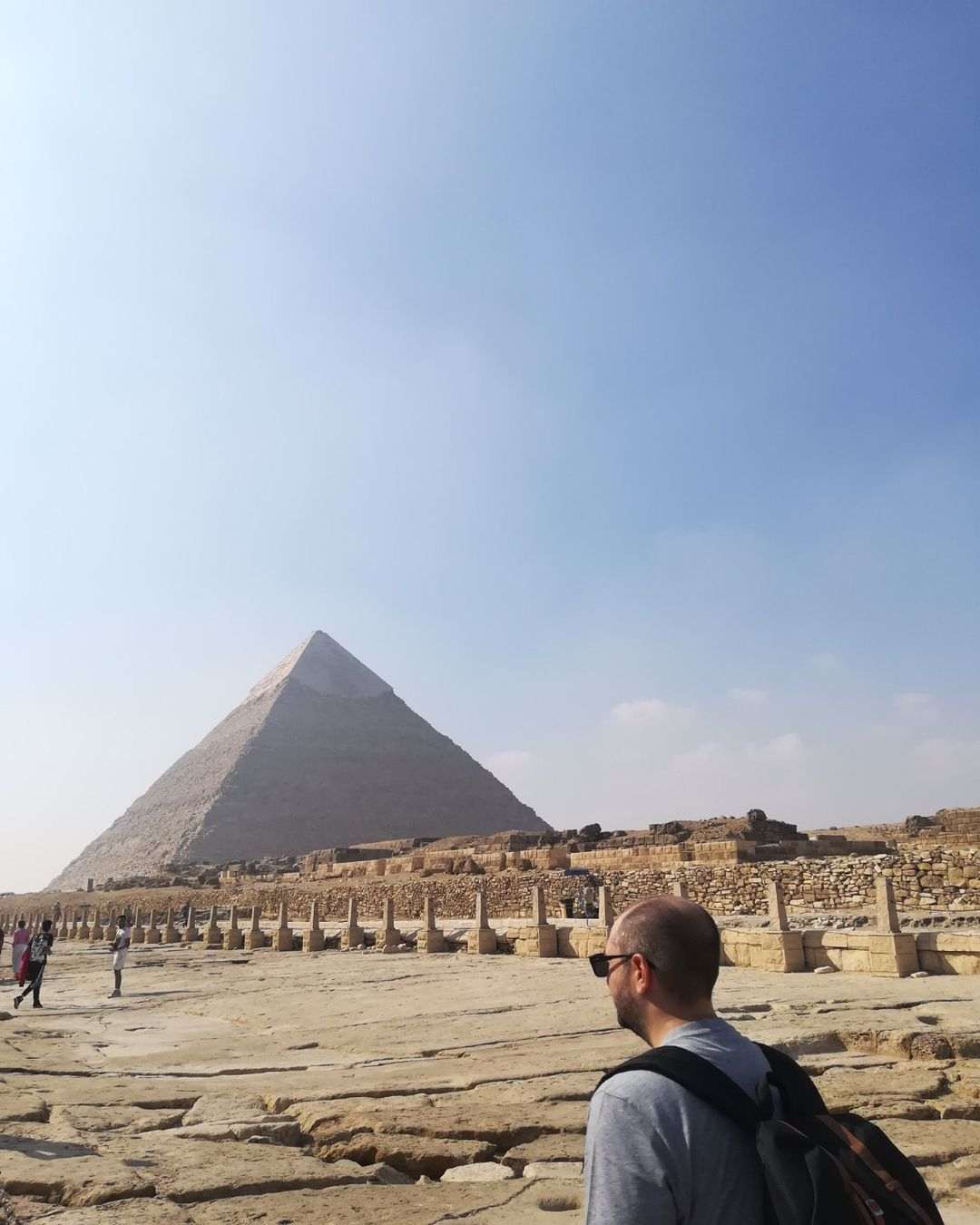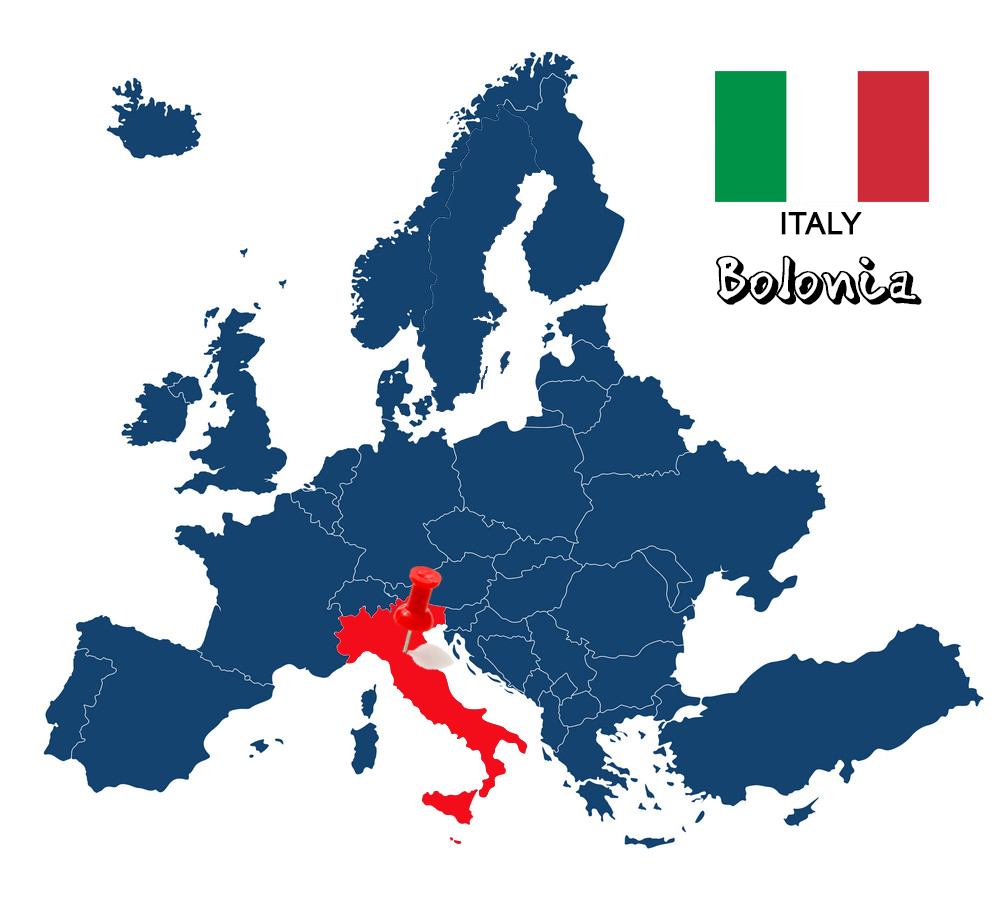
Unique architecture, rich history, good food, intense fun! In short, a city that exudes culture at every turn. If you ask ten Italians which is the best starting point for a road trip in the neighboring country, nine out of ten will answer "Bologna." Close to cities that are considered more touristy and obviously more expensive (Florence, Venice, Verona, etc.), Bologna is the ideal destination to discover North and Central Italy.
A few words about the city
Bologna is located in Italy and is the capital of the homonymous province and region of Emilia-Romagna, with a population of 374,425 inhabitants. It is a very ancient campus, which, due to its strategic location, is a crossroads of the neighboring country's roads and railroads. Certainly when someone thinks of a trip to Italy, the cities that immediately come to mind are the magnificent Florence, the picturesque Venice or the historical Rome, but Bologna is a hidden gem that combines everything. The Italians have given three nicknames to the city, Red (La Rossa), Erudite (La Dotta) and Fat (La Grassa), which I think are highly apt and features, as we will see below. So I'll try to present Bologna through my own eyes and share with you what I think somebody should see, visiting the city for the first time.
Piazza Maggiore
The Big Square (Piazza Maggiore) is Bologna's main square and one of Italy's most charming. It is the beginning and the end of the city, while there are some of its main attractions.
On one side we come across the impressive church of St. Petronius (Basilica di san Petronio), which is dedicated to the homonymous patron saint of the city. Its construction began in 1390 under the supervision of the architect Antonio di Vincenzo, but was never completed, as Pius IV stopped it and pushed instead the construction of the Archigymnasium. It is the 6th largest church in the world, measuring 132 meters long and 66 meters wide. The paradox with this temple is the fact that if you look closely to the right, you will see the sundial and the zodiac symbols. Zodiac signs in church, it's not a joke! The entrance is free, although is not so impressive inside.
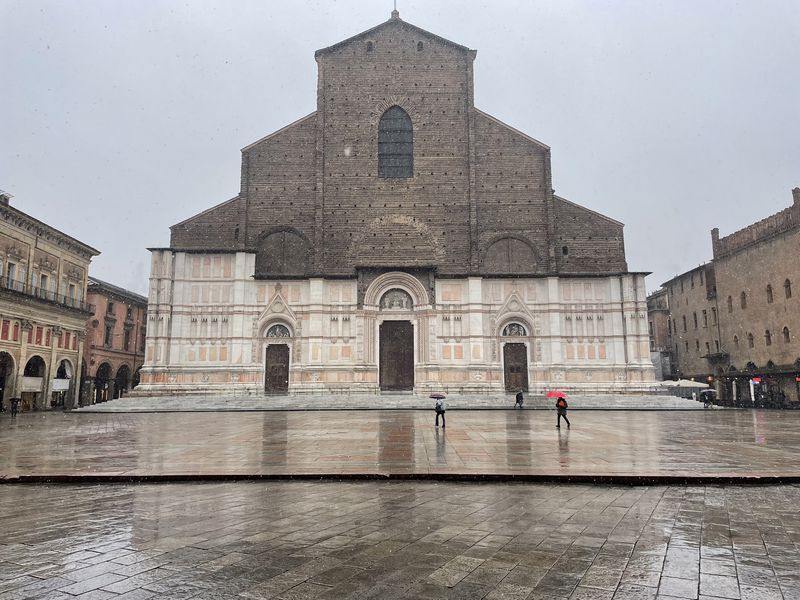
On the other side of the square, we find the Palazzo d'Accursio, which is also the Town Hall (Palazzo Comunale) and its tower is something like The Big Ben for Bologna. The older structure of the building initially started as the residence of the legal Accursius, but over time, it was incorporated and expanded to include the city's administrative offices. The palace also houses the municipal art collection, with paintings from the Middle Ages to the 19th century, the Morandi Museum, with works by Giorgio Morandi and the Salaborsa Library. Right in front of it is the ornate fountain of Neptune (Fontana dell Nettuno), which was completed in 1566.
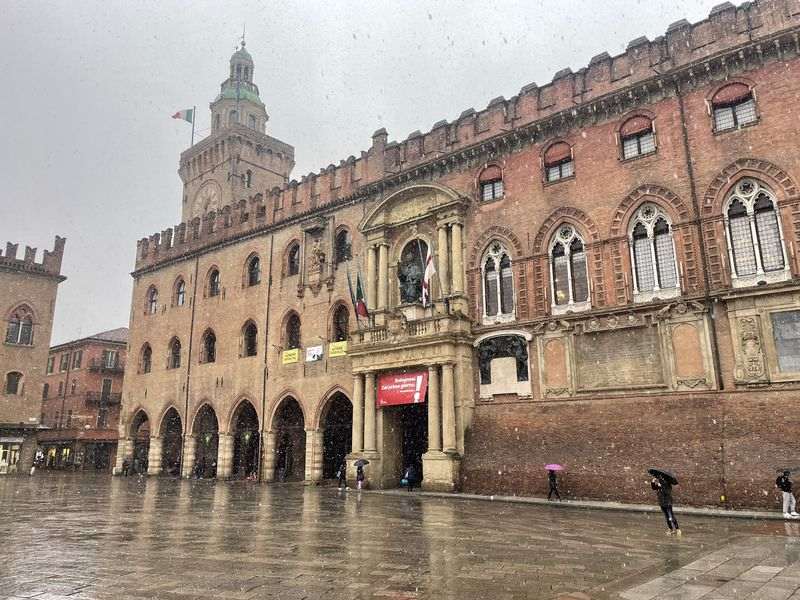
Finally, in the square rise the Palazzo del Podestà and the Palazzo Re Enzo, with an arcade between them, in which even a whisper is heard, from one end to the other.
Torre Asinelli & Torre Garisenda
The two towers (Torre Asinelli & Torre Garisenda) in the historic city center are the registered trademark of Bologna. In antiquity the prosperous families built a tower to show off their finances, and it is said that there were once over 100 towers in the city. According to legend, these towers belonged to two families, Asinelli and Garisenda, who competed for the city's sovereignty. So they decided that, whichever one built the tallest tower, would become the strongest in the city. Who won, I think, is obvious. If you are athletic, you can climb the 498 steps of the tower Asinelli (the ticket costs 3e) to understand for yourself, why Bologna has the nickname the Red (La Rossa). The deep shade of the majority of the roofs and the majority of the buildings creates a striking 'red' look. Finally, they say that if the horizon is clear, the view reaches the Adriatic.
Archiginnasio di Bologna
The Archigymnasium of Bologna (Archiginnasio di Bologna) is the oldest university in the Western world, dating back to 1088! The palace in which it is housed today, was built by Cardinal Borromeo between 1562 and 1563, while it was severely damaged by bombing in 1944, but later rebuilt. It is one of Bologna's most popular attractions, giving to the city its second nickname (La Dotta). Situated in the historic center of the city, behind Piazza Maggiore, on the Museum Road, and you will be greeted by the many people coming out of it, as it is now used as a municipal library. In the library you can find over 500,000 texts and 12,000 manuscripts, all medieval! You will love the excellent architecture and the beautiful frescoes, while with just 3e you will have access to the hall of anatomy (teatro anatomico), from where began the teaching of anatomy, with public surgeries in front of an audience.
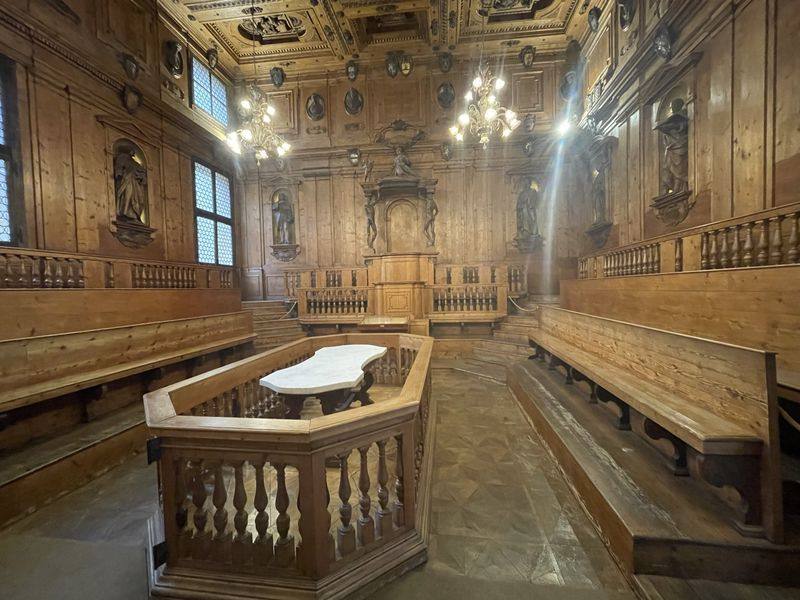
Basilica Santo Stefano
In the cobbled square of St. Stephen (Piazza Santo Stefano), we find an architectural marvel, which includes a complex of religious buildings (Basilica Santo Stefano). It is essentially seven churches in one, of which unfortunately only four have survived (Chiesa del Crocefisso, Chiesa della Trinita, Santo Sepolcro and Santi Vitale e Agricola). The date and origin of the building is something that is still debated, as there are many myths surrounding the matter. The first one says that it was built in 430 when the then bishop decided to erect a building, which would be divided into seven churches which would represent the places where the Passion of Christ had taken place. Others believe that it is again related to Saint Petronius, while others that it was built on the ruins of a pagan temple, next to which other buildings were added. Inside the Basilica of St. Stephen you will admire a replica of the Holy Sepulcher of Jerusalem and buildings constructed between the 10th and 13th centuries by the Order of St. Benedict, where the bodies of St. Vitalis and St. Georgola are preserved. Regardless of the myths, the result is unique, which is why I suggest you enter through the main entrance and wander through the interconnected labyrinth of church buildings, which have the imprint of history deeply engraved on each of their walls. Furthermore, inside the complex there is also a museum (Museo Di Santo Stefano), which exhibits paintings, sculptures and other works of art from various periods. Admission is free.
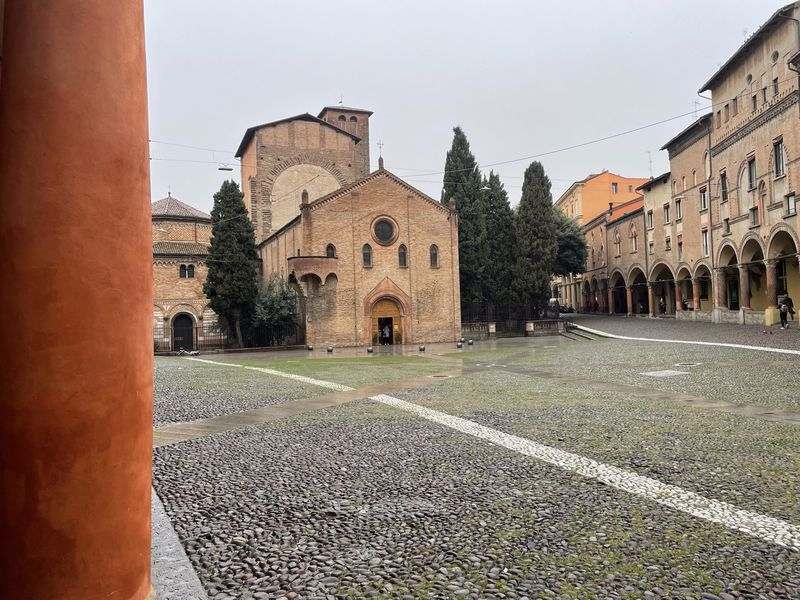
Canalli di Bologna
Venice may be famous for its canals, but it would be remiss if I didn't mention the canals of Bologna (Canalli di Bologna). The canals of the Reno River cross the city in several places and give it a different note and beauty. The best place to see them and take the necessary photos is a small window on Pella Road (Finistrella di Via Pella). This particular place is one of the most famous in the city, with dozens of people flocking to take pictures and videos. So I would suggest avoiding visiting on the busy weekend and going on a weekday, when the crowd is less. Even better is the view of the canals from Opera Caffè e Tulipani, whose back room overlooks an actual waterfall.
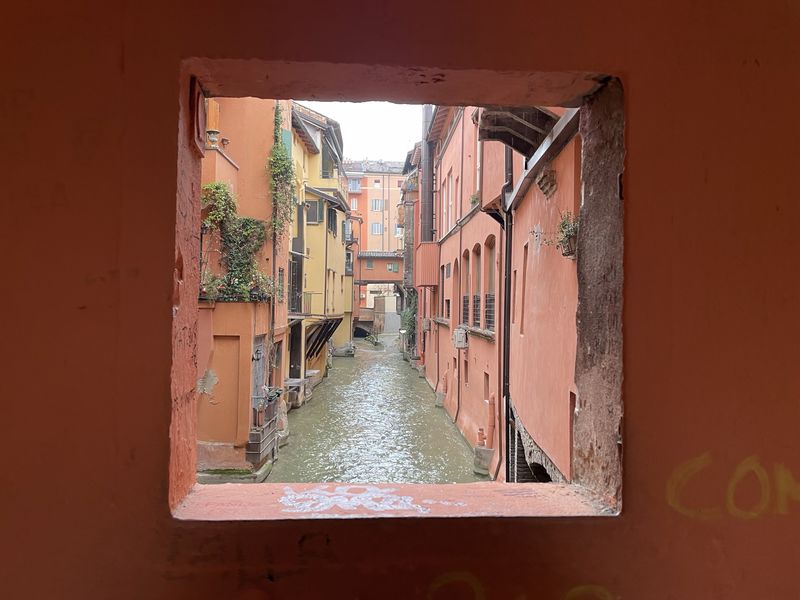
Santuario di San Luca
An experience that every visitor to Bologna must experience is the climb up to the Sanctuary of San Luca (Santuario di San Luca). It is a demanding route, starting from the portico of Via Saragozza and ending at the Guardia Hill (Colle della Guardia), where the church of Our Lady of St. Luke is located. In the church is kept the holy icon of the Virgin Mary of Saint Luke, which had been delivered to the hill to be saved from the conquerors. The epic arcade that will take you up there consists of 666 domes, which in total cover 3.8 km, thus creating the longest complex of arcades in the world! Once you get there, you won't have a problem climbing another hundred steps to the roof of the church, from where the panoramic view of the city is magnificent. Entrance costs 3e.
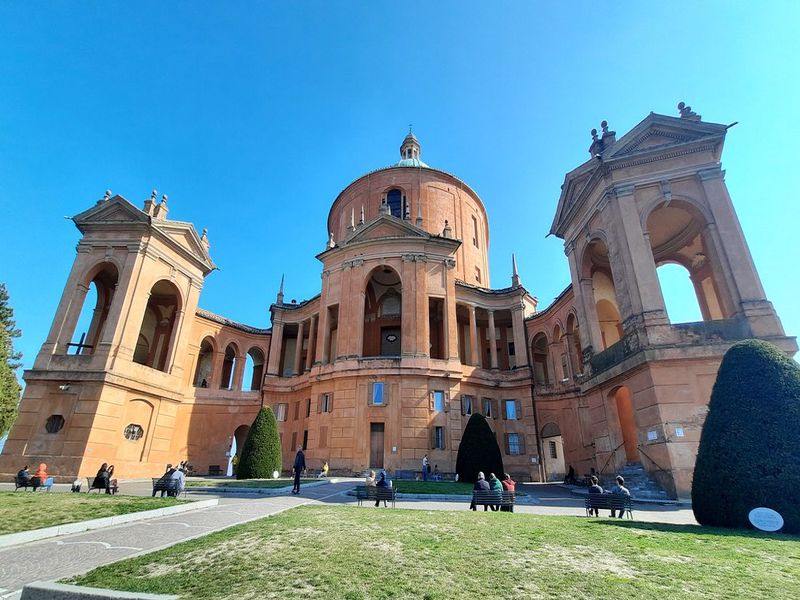
The museums
The first museum you should not miss is that of the history of Bologna (Museo della Storia di Bologna). It is a different museum from the usual, since it is based on the interaction of visitors with the exhibits. Basically, it's a full lesson of the history of Bologna, and of the whole Italy, from the Paleolithic times until today. Housed in the impressive Palazzo Pepoli and the entrance costs 5e, with a free audio tour in a variety of languages.
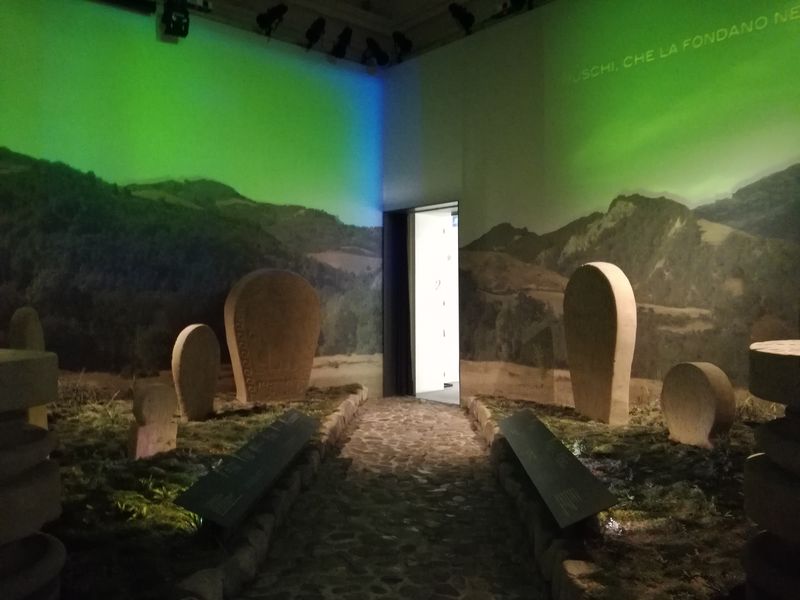
The second museum I would recommend to visit in the city is the Archaeological Museum (Museo Civico), right next to Archimnasium. It has several exhibits from various eras of history, but the one that steals the show is the Egyptian one. Statues of Pharaohs, mummies and archaeologists doing live preservation of exhibits, they will impress you. The entrance costs just 3e.
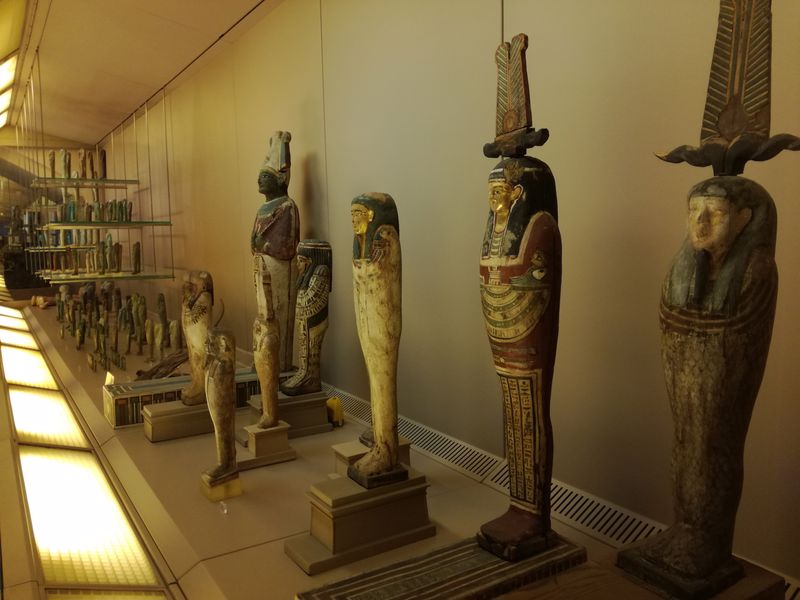
If you are a fan of contemporary art, you should definitely visit the Bologna Museum of Contemporary Art (MAMBo-Museo d'Arte Moderna di Bologna). The permanent collection of the museum traces the history of Italian art from the second postwar period until today, while using the continuing growth of the asset-backed restorations, new acquisitions, donations and loans, the collection continues to be a subject of research and renovation. Entrance costs 6e.
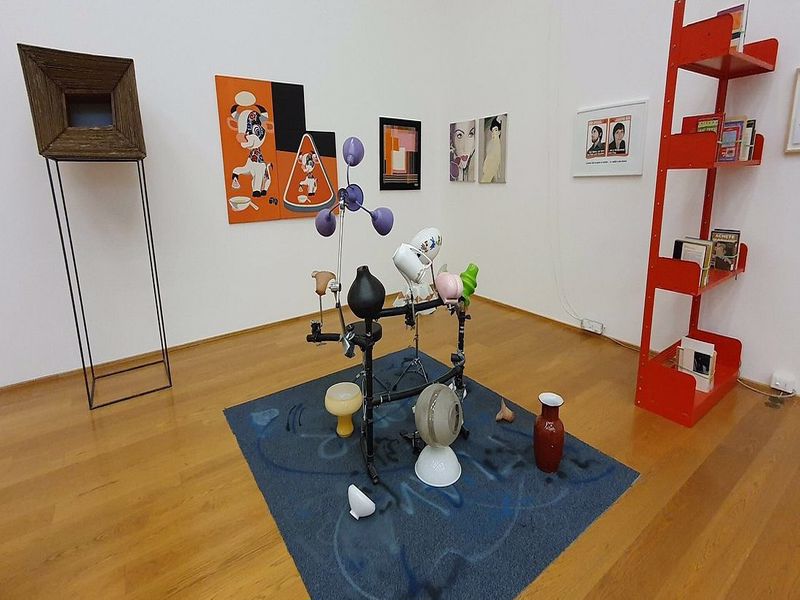
Finally, there are two museums in the city for the top Italian motorcycle and car companies. The first is that of Ducati (Museo Ducati), which attracts thousands of fans of motorcycles from all over the world to Bologna. It is located near the airport and there you will have the opportunity to see closely the motorcycles and engines, that have played a decisive role in the company's journey from 1946 (Cucciolo) to the present (Desmosedici)! The second is that of Lamborghini (Museo Automobili Lamborghini) and is located on the border with Modena. Is open since 2001 and is considered an indication of the company's continued commitment to celebrate its cars and the interest of cars lovers. Various cars have been exhibited over the years, as well as the history of the company, which initially produced mainly tractors and burners. Entrance to both museums costs 15e.
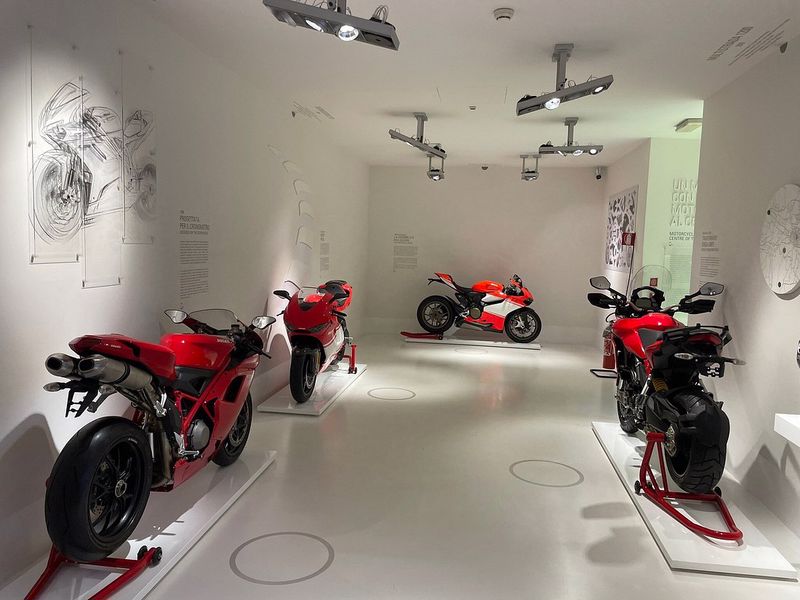
How to go
Thessaloniki is connected by air to Bologna and Guglielmo Marconi Airport, via Ryanair. With proper planning you can find tickets starting from 42€ round trip. If you are in some other city of Italy, is easy to reach Bologna by train, as the train network in Italy is remarkable, and the tickets are highly affordable.
Where to stay
Bologna is a relatively small town, where everything is located close to its historic centre, this means it would be best to find a hotel or apartment, as centrally as possible. The first option I have to recommend is the Hotel San Felice, located only 7 minutes walk from the Piazza Maggiore, with comfortable rooms, very attentive staff and good value for money. The second is Le Stanze del Carro, a classically decorated apartment, a breath away from the two towers.
How to move
In Bologna you will not need to use any public transportation, as everything is concentrated in the center. However, if needed, the city has plenty of options, covering all the distances around Bologna. The most common, most popular and most convenient means of transport is the trolley, which has lines everywhere, and it is very frequent. There are also buses, which are very similar to trolleys, but do not hesitate to stop even in pedestrianized squares, which will not leave you even a step further. Finally, taxis are relatively expensive, but are found everywhere in the city, with various types of vehicles, but they operate mainly by telephone.
What to eat
Bologna is the one that gave the rest of the world the taniatelle, the cannelloni, the mortadella and of course the famous spaghetti Bolognese, worthy of its third nickname as fat (La Grassa). If you ask for a Pasta alla Bolognese in a restaurant, the waiter will look at you strangely, since what we have in mind, in Italy is called ragout. A good restaurant to taste the local cuisine is the Osteria dell'Orsa, while very good is also the Eataly. Of course, you can't leave the city without tasting the traditional Italian gelato (ice cream) which Italians eat all year long. The best you will find at OGGI - Officina Gelato Gusto Italiano. For coffee I recommend the Signorvino Bologna, situated directly in Piazza Maggiore, the Caffe Terzi, frequented by locals and the Gran Bar, where I drank the best cappuccino. Finally, I recommend getting lost in Quadrilatero, that is, the alleys of the open market. Try various local flavors, from the Delicatessen stores that sell meats, cheeses, pasta and other delicacies.
Useful information

In Italy we travel with a passport or a new type of Police Identity Card, where the information is written in Latin characters.
In Bologna, the language used is, of course, Italian, but unlike other Italian cities, here English is not so prevalent, so if you don't know Italian, get ready to use every gesture that you have in your repertoire.
The currency of the country is the euro.
Bolgona is an hour behind Greece (GMT +2).
Take care of your personal items as in Bologna there is an increased risk of pickpockets and other petty frauds.
The Greek Wage Consulate General in Naples is located at Via dell 'Indipendenza 67/2, 40128 and its telephone number is (0039051) 4213273.
Getting to and from Bologna airport is simple, as there are continuous train services (Marconi Express), which take you to the city center in 6 minutes with 11e. Also, there are buses (Aerobus), which cost less, 6 euros, but take longer. Finally, if you are in a group of more than 3 people, then it is better to take a taxi which costs 15e.
The climate of Italy is quite similar to that of Greece, so there are mild winters and hot summers. An ideal visiting period is Autumn or Spring.
Recommended excursions → Florence, Modena, Parma, Venice, San Marino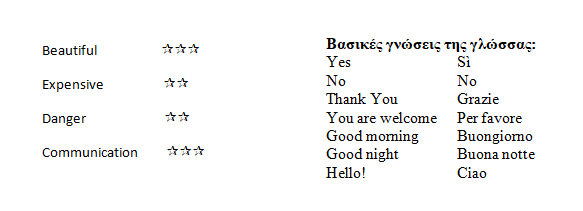
If this article seemed interesting or contributed to your quality information, then you can like my facebook page: o_thessalonikios or follow me on instagram!
Mouzakidis Pantelis





